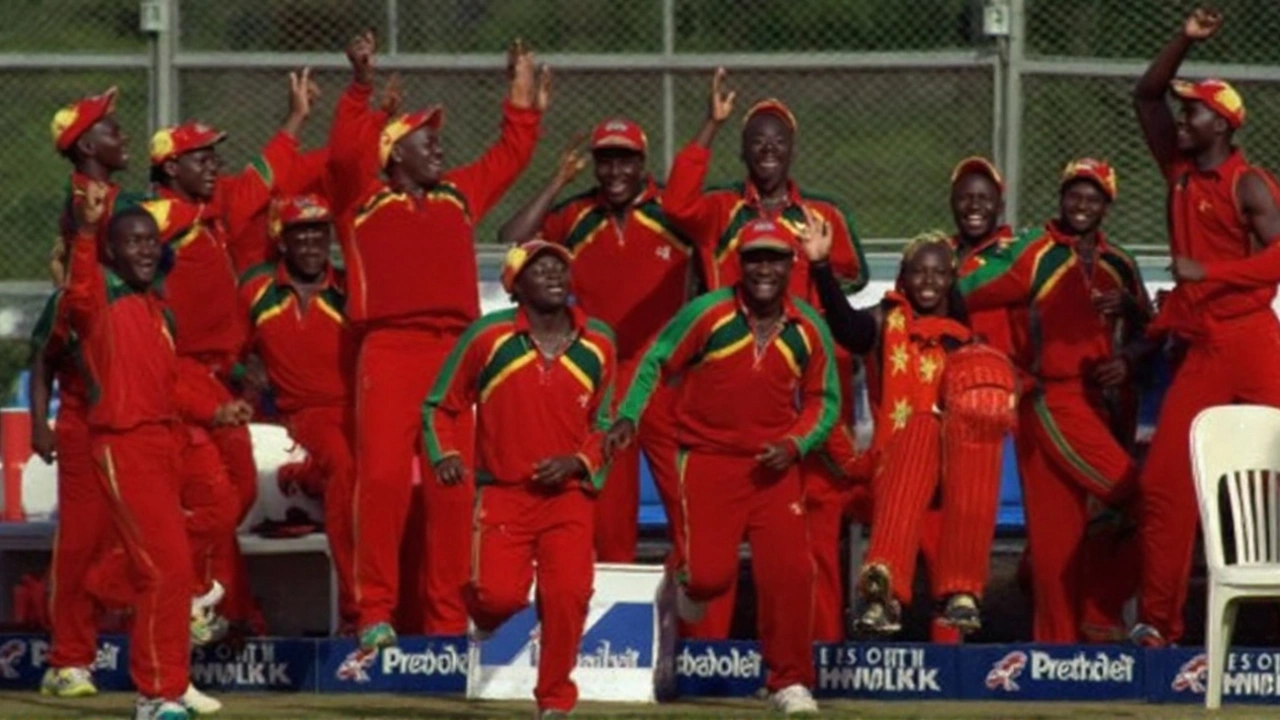2003 Cricket World Cup: What Made It Unforgettable
If you grew up watching cricket or love a good tournament story, the 2003 World Cup is a must‑remember. Hosted by South Africa, Zimbabwe and Kenya, it mixed surprise upsets with legendary heroes. Below you’ll get the biggest moments, the stats that still surprise, and why the tournament still matters today.
Top Moments That Still Get Talked About
First up, the opening match. Australia’s massive 359‑6 against England set a tone that they’d dominate. But the real drama unfolded when Kenya knocked out Sri Lanka – a shock that showed any team could win on a good day.
India’s dramatic chase against Kenya is another classic. Chasing 272, they needed 31 runs off the last over, and Tendulkar’s calm strike of a six turned the game on its head. That finish still gets replayed in highlight reels.
And who could forget the final? Australia vs India at Johannesburg’s Wanderers. Australia’s 359‑2, powered by Ponting’s 140 and a perfect field, left India with just 234. It was a masterclass in batting, bowling, and strategy.
Key Players and Stats You Should Know
Ricky Ponting topped the run chart with 318 runs, proving why he’s one of the game’s greats. His partnership with Damien Martyn (254 runs together) set records that held for years.
On the bowling side, Australia’s Andy Bichel took 20 wickets, while Sri Lanka’s Muttiah Muralitharan claimed 23 – the most of any bowler in the tournament. Their ability to swing the ball in different conditions made a huge difference.
Team stats show Australia’s dominance: they won all seven matches, scoring over 2,200 runs and conceding just under 1,800. India’s surprise run to the final, beating South Africa and New Zealand, highlighted how depth in batting can carry a team.
These numbers matter because they set benchmarks for future World Cups. When you compare 2023 stats, you’ll see how the 2003 tournament raised the bar for aggressive batting and tactical bowling.
Beyond the numbers, the 2003 World Cup left a cultural legacy. South Africa’s modern stadiums, the high‑tech broadcast innovations, and the introduction of the ‘neutral umpire’ system all started around this time. Fans still talk about the electric atmosphere at the Wanderers and the way the tournament helped grow cricket in Africa.
Want to relive the action? Most streaming platforms now host full match replays, and YouTube channels have edited highlights lasting under ten minutes. Grab a snack, fire up the vids, and watch the world’s best cricketers do their thing.
Whether you’re new to cricket or a seasoned fan, the 2003 World Cup offers a mix of drama, skill, and surprise that still feels fresh. Keep these stories handy for trivia nights, or just enjoy the nostalgia of a tournament that shaped modern cricket.
Henry Olonga: The fast bowler who risked everything for Zimbabwe’s democracy
In 2003, fast bowler Henry Olonga and captain Andy Flower wore black armbands at the Cricket World Cup to mourn the “death of democracy” in Zimbabwe. The protest ended Olonga’s international career and forced him into exile. Flower moved to England and coached at the highest level. Olonga rebuilt his life abroad, but his stand still defines one of sport’s boldest acts of conscience.
